Tracking The Story
As a journalist, I had the privilege of tracking the explosive story that recently shook the art world. The event took place in Scottsdale, Arizona, where a massive pile of “fake trash decor art” was obliterated in a dramatic explosion. This event was orchestrated by Mike Anthony Vallone Creative Marketer and Director of Goodson Gallery, along with jewelry designer Jack Dooley and Mettert Armory director Keenan Thompson. The explosion is possibly the world’s first art explosion, making a bold statement about the state of art today.
A Powerful Message:
“I believe that life itself is art and that everything we know was created from art. My mission is to make the art world a much bigger place, and I won’t stop until I see a world where beautiful art dresses every wall.”
The event’s organizer delivered a passionate speech in front of the 50-piece pile of “fake trash decor art.” He emphasized his belief in the transformative power of art and his vision for a world where beautiful art is ubiquitous. His goal is to expand the art industry to unprecedented levels, eradicating the term “starving artist” and creating a world where artists can thrive.
What is Fake Art?
When asked to define fake art, he explained:
“Fake art consists of multiple factors, such as a piece of art that has been reproduced too many times, produced in a sweatshop, or something ugly that’s machine-made. Fake art is not fully definable and is in the eye of the beholder, but I don’t think many would disagree with the fake art we exploded that day. It was all very, very ugly!”
The Explosion:
Using Tannerite and a rifle from Mettert Armory, the organizer made a powerful statement by detonating the pile of fake art. He spoke about his mission to expand the art industry beyond what has ever been seen. By encouraging people to stop buying fake art from department stores and instead purchase real art from local artists, he believes the art world can experience a renaissance. This shift could lead to a surge in the art market, allowing many artists to find themselves thriving rather than starving.
The Impact of Mass-Produced Decor:
The video of the explosion sparked a significant conversation about the value of art and the impact of mass-produced decor on the industry. Mass-produced art, often found in stores like TJ Maxx and Marshalls, is created in warehouses where artists paint the same element repeatedly, leading to emotionless, uninspired pieces. This type of art sells more in volume than real art by local artists, which he argues is detrimental to the art market and the people who consume it.
The Journey for Fake Art:
The journey to gather the fake art was an adventure in itself. Along with his friend Jack The Jeweler, he drove around Phoenix, negotiating with thrift stores to buy large quantities of fake art. Shocked by the prices of some 1970s paintings still selling for over $100, he emphasized that real paintings from living artists could be purchased for much less. Eventually, a downtown Phoenix thrift store embraced the concept of the video and agreed to sell 50 pieces of fake art, which were ultimately destroyed in the statement video.
Conclusion:
This explosive event in Scottsdale was just the beginning of a mission to revolutionize the art world. The energy and enthusiasm for promoting real art and supporting local artists are contagious, promising significant changes for the future. The statement made by obliterating the fake art was a powerful call to action, encouraging everyone to consider the value of the art they choose to bring into their lives.
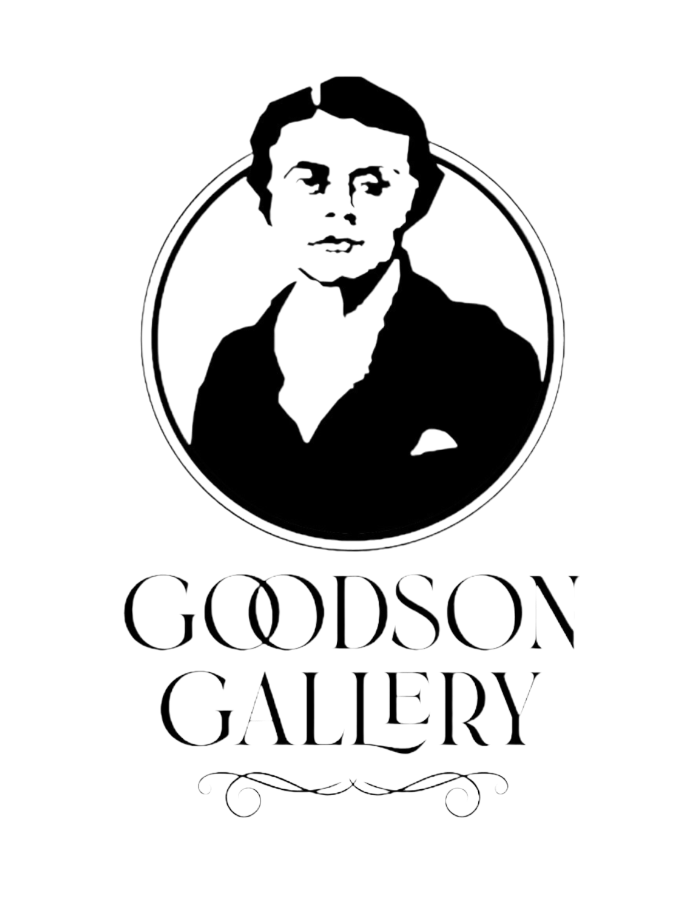
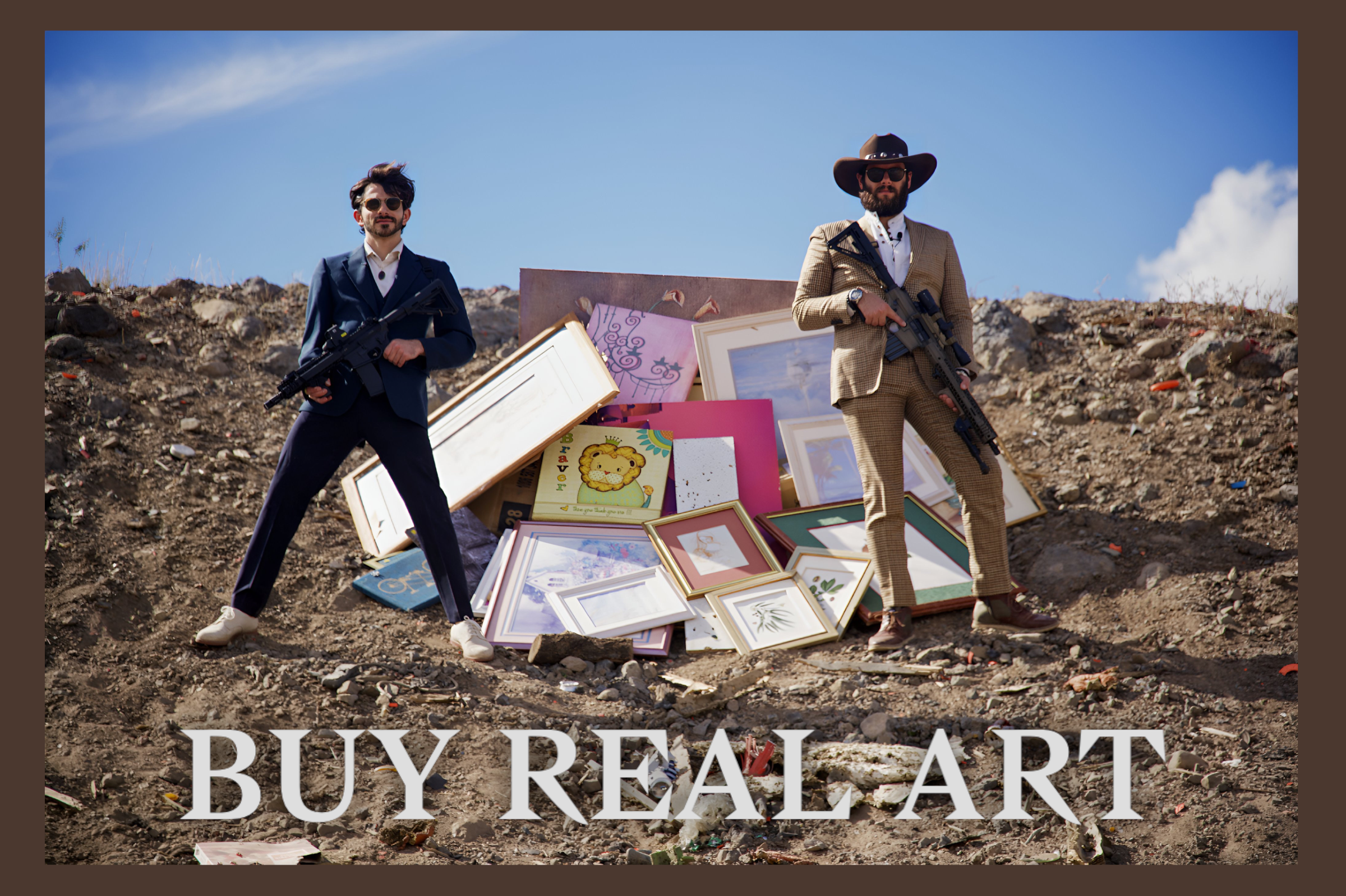

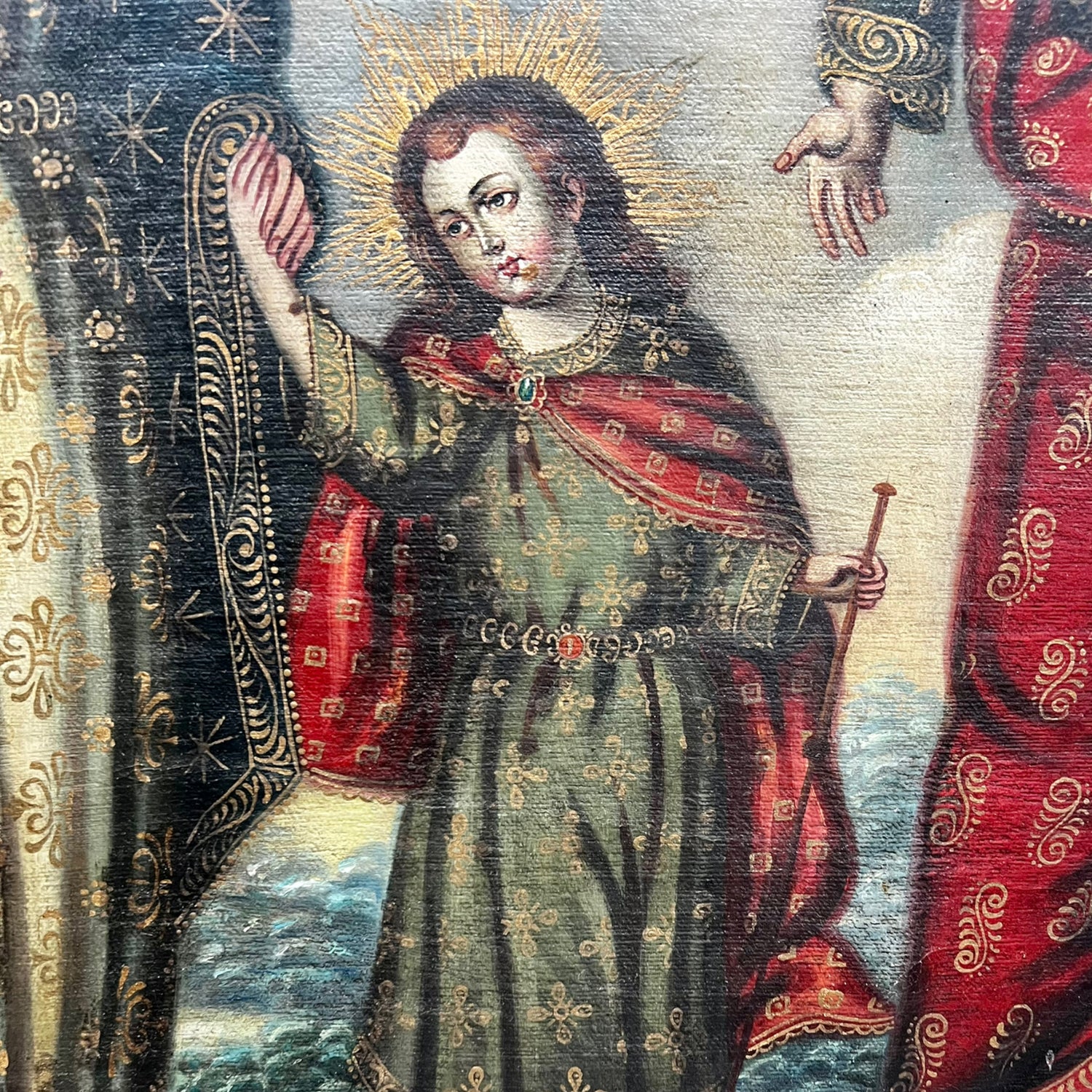



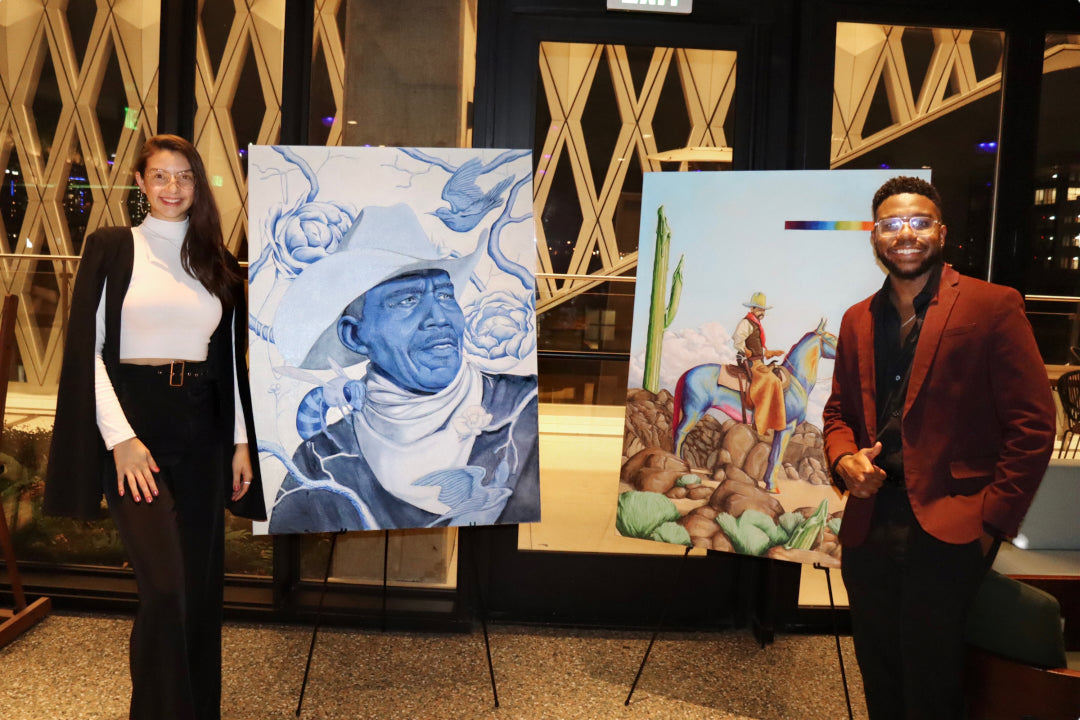
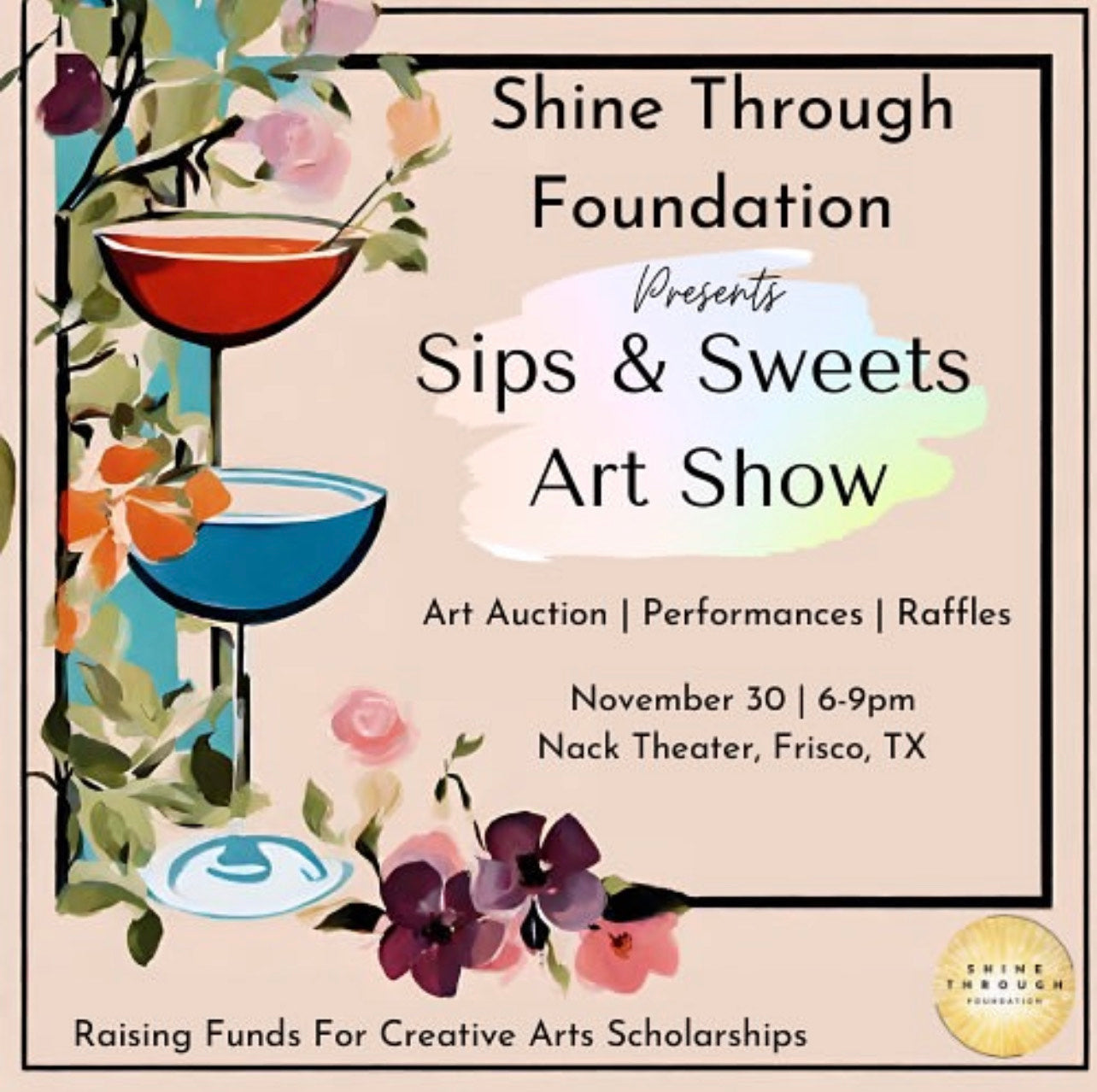


You helped me a lot by posting this article and I love what I’m learning.